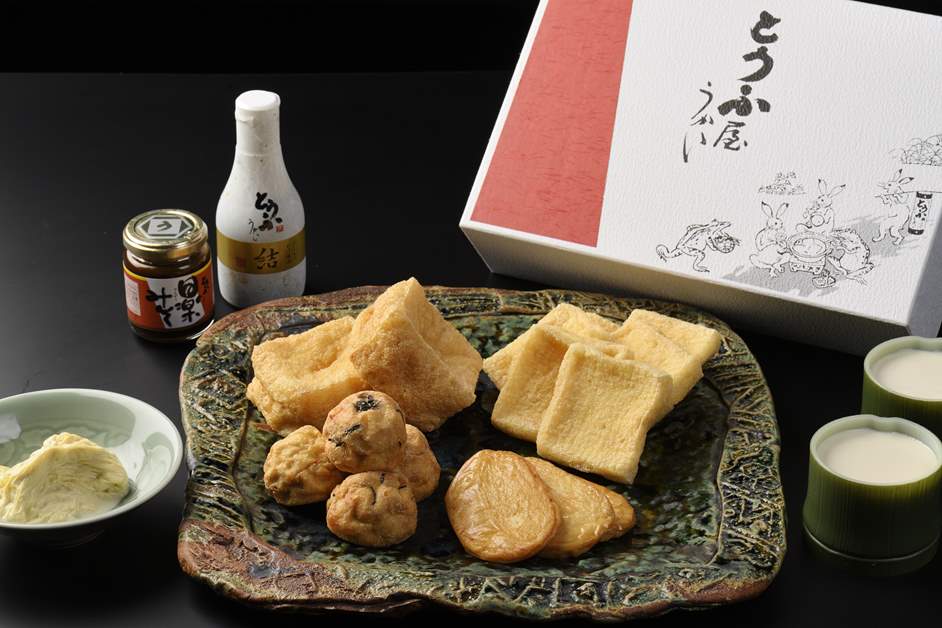Sweets & Gifts from Minato, Tokyo That You Can Buy Online
In this article, we will be introducing sweets and gifts of Minato, Tokyo that you can buy online. All of the shops on the list are traditional and have a best-selling item. Why not try these gifts, not only as presents for your loved ones but also for yourself?
Akasakamochi from Akasaka Aono
Originating in the Edo Period, Akasaka Aono has more than 120 years of history. The main store is located in Akasaka 7-chome from 1899. Now there are 4 branch stores. The most popular product of this traditional candy shop is the "Akasakamochi," a cute palm-sized sweet wrapped in furoshiki.
Akasakamochi is eaten by spreading the contents onto the small furoshiki. The soft mochi has brown sugar inside, and the roasted walnuts in the robust sweetness create an accent to the flavor. It is a great match with a large amount of kinako wrapped inside.
[For more information, please visit the online shop]
https://akasaka-aono.com
[For more information, please visit the online shop]
https://akasaka-aono.com
Shushiki Monaka from Shushikian Osakaya
Founded in the "kitchen of the world," Osaka, Shushikian Osakaya moved to Edo in the Genroku era, late 17th century. In this traditional store continuing for 17 generations, Japanese sweets with the name "Shushiki," derived from the ancestor who was a haiku poet, are popular. Especially, the "Shishiki Monaka" has 3 flavors, ogura (azuki), brown sugar, and chestnut. They have delicate looks and tastes.
Other than the round monaka, there are small-sized monaka where you can taste three flavors at once (Only large-sized sold online). They are also popular Valentine's Day gifts. Also, store-exclusive high-grade confectionery is updated weekly on the official site and social media. These cute-looking sweets are a must-see.
[For more information, please visit the online shop]
https://shinisetsuhan.net/collections/syushikianoosakaya
[For more information, please visit the online shop]
https://shinisetsuhan.net/collections/syushikianoosakaya
Enoshima Monaka from Shibashinmei Eitaro
Shibashinmei Eitaro is a store that branched out from Eitaro Sohompo of Nihonbashi on 1885. The "Enoshima Monaka" is the store's specialty, shaped as scallop and oyster shells.
The sweets are named from a famous author of the Meiji period, Ozaki Koyo. He is the author of "Konjikiyasha" and many other famous titles. There are various flavors such as white bean, yuzu, smooth red bean, rough red bean, and sesame. Also, they are individually packaged. The sweets are also great with a novel in hand, feeling the scent of literature.
[For details, refer to the official site below]
http://www.shiba-eitaro.com/index.html
[For details, refer to the official site below]
http://www.shiba-eitaro.com/index.html
Kurimanju from Onkashitsukasa Maruman
Onkashitsukasa Maruman was founded in 1947 in Nishishimbashi. The shop is favored by many government and public offices. The most famous is the "Kurimanju," using its unchanging traditional recipe. It's a moment of delight when you bite into the flavorful manju, with a syrup-covered chestnut inside their original white bean paste using shiro-tebo (white kidney beans) from Hokkaido.
They also ship to all areas in Japan. There are a variety of products great for gifts, such as their number-two favorite, "Dorayaki," with a chestnut inside, and their homemade bean paste monaka. They also have assortments for a variety of prices.
[For details, refer to the official site below]
https://itp.ne.jp/info/137760533100000899/lp/1/
[For details, refer to the official site below]
https://itp.ne.jp/info/137760533100000899/lp/1/
Kuzumochi from Aono Sohompo
Aono Sohompo was founded in 1856 at Roppongi 1-chome and moved to its current location in 1887. The store had a tradition of being a favorite by the Daimyo families in the Edo Period. In its homemade bean paste are five types of beans, and in their smooth bean paste, they use more than ten. You can feel their commitment to their tradition.
In the online shop, they sell products such as "Dorayaki," "Higashi," and their famous "Uguisumochi." In Uguisumochi, azuki bean paste from Hokkaido is covered with gyuhi with kinako sprinkled on top. Its round look is cute and suits well with green tea. Other than that, they also sell the "Heart Dorayaki" with its heart shape.
[For details, refer to the official site below]
http://aono.shop28.makeshop.jp
[For details, refer to the official site below]
http://aono.shop28.makeshop.jp
Seppuku Monaka from Onkashitsukasa Shinseido
Onkashitsukasa Shinseido was founded in Taisho 1 (1912). Their bestseller is the "Seppuku Monaka," originating from the story Chushingura. The monaka has a crispy skin with bean paste covered in gyuhi. The sweet has great taste, satisfaction, and a stunning appearance.
On their online shop, they have the "Raid Set," where they have the "Gishi Yokan" with the 47 Ako Gishi drawn on, and the Seppuku Monaka in one box. Also, they have the "Eating Chushingura" assortment with the "Chushingura Jindaiko Dorayaki" and Seppuku Monaka. Their unique products are sure to surprise people!
[For details, refer to the official site below]
https://shinshodoh.shop-pro.jp
[For details, refer to the official site below]
https://shinshodoh.shop-pro.jp
Gozen Soba from Nagasaka Sarashina Nunoya Tahe
Nagasaka Sarashina Nunoya Tahe is a soba shop fouded in the mid-Edo Period on Kansei 1 (1789). The "Gozen Soba," which has more than 200 years of history, was presented to the Tokugawa Shogunate. Their sarashina soba use 70% buckwheat with the skin removed using a unique method. The soba made from the core of buckwheat has a bright white appearance and refreshing texture.
"Gozen Soba" can be bought online. You can taste the high-quality soba that the people of Edo favored. Their nihachi soba, "Tahe Soba" is also popular, full of soba flavor. Their "Special Soba Sauce" is included and is a great choice as a gift.
[For details, refer to the official site below]
http://www.nagasakasarasina.co.jp/netshop/index.html
[For details, refer to the official site below]
http://www.nagasakasarasina.co.jp/netshop/index.html
Unagi Kabayaki from Nodaiwa
Nodaiwa, which also has branches in Paris, was founded in the Kansei era and has been operating for more than 200 years from the Edo Period. It opened in Higashi-Azabu, where the current Azabu Itakura Main Store is located. In the past, many Daimyo residences were nearby, and the store was loved by many samurai.
※Image image
As gift products, the store delivers traditional unagi that is robust on the outside and soft on the inside. After warming the kabayaki with either a microwave or water pot, put it on rice, and a delicious una-don is ready. The unagi is vacuum-sealed and frozen, so you can store it for a long time. Another favorite, "Shirayaki," is a good pairing with sake.
[For details, refer to the official site below]
http://www.nodaiwa.co.jp/index.html
[For details, refer to the official site below]
http://www.nodaiwa.co.jp/index.html
Edo Kaijo from Tokyo Port Brewery
With its roots from the sake shop Wakamatsuya, Tokyo Port Brewery revived the tradition founded in Bunka 9 (1812). Wakamatsuya was used as a secret meeting place for Saigo Takamori, Yamaoka Tesshu, and Katsu Kaishu. The main brand of the brewery, the only one in Tokyo, is called "Edo Kaijo" from the Peaceful Opening of Edo Castle which was realized by the meeting of Saigo and Katsu.
Their fascinating products include "Junmai Daiginjo Genshu Edo Kaijo The Premium" which is made of rice, water, and yeast from Tokyo. Also, the "Sustainable Sake Project" aims less water consumption by using a non-rice washing brewing method. This Minato-originating junmai sake is great for a gift.
[For details, refer to the official site below]
http://tokyoportbrewery.wkmty.com/online-shop/
[For details, refer to the official site below]
http://tokyoportbrewery.wkmty.com/online-shop/
Jumbo Shumai from Shinkyoutei
Shinkyoutei is a traditional Chinese restaurant in Shimbashi. It was founded in Showa 21 (1946) in Shimbashi and has been serving authentic Beijing cuisine for 75 years. The restaurant was loved by many domestic and foreign VIPs. In the online shop, they offer a wide variety of popular dim sum, Chinese manju, and sweets.
Out of the many products, the "Special Shumai" is popular with its unchanged recipe. Their handmade shumai, often called "Mt. Fuji-shaped," certainly is shaped like a mountain with a peak. The filling is packed with pork, and the green onion and ginger make a nice accent to the flavor. Their "Geppei" has a surprisingly large volume with six flavors, including azuki, chestnut, and coconut.
[For details, refer to the official site below]
http://shop.shinkyotei.com
[For details, refer to the official site below]
http://shop.shinkyotei.com
Tosui Tofu from Tofuya Ukai
Tofuya Ukai is located in Shiba, close to the Tokyo Tower. In this historic Edo-like atmosphere, the shop makes homemade tofu of the season. The "Tosui Tofu" is their most popular dish. This nabe cuisine uses tofu from Japanese soybeans and nigari. and the soup is made from soy milk and dashi broth. The dish is Ukai at its best.
Tosui Tofu can be ordered online. In the "Tosui Tofu Set," you can taste the high-quality tofu of Ukai with the sweetness of soybeans in the Ginjo Tofu. Other than that, the "Tofuya Ukai Assortment set (with Yuba) has a good reputation in-store with tofu, abura-age, and yuba sashimi.
[For details, refer to the official site below]
https://ukaishop.jp
[For details, refer to the official site below]
https://ukaishop.jp
Here, we introduced sweets and gifts born in Minato, Tokyo that you can order online. All the stores in the list also have real stores in Minato Ward, so after tasting the products at your home, why not visit the stores when you come to Minato Ward?




.png)
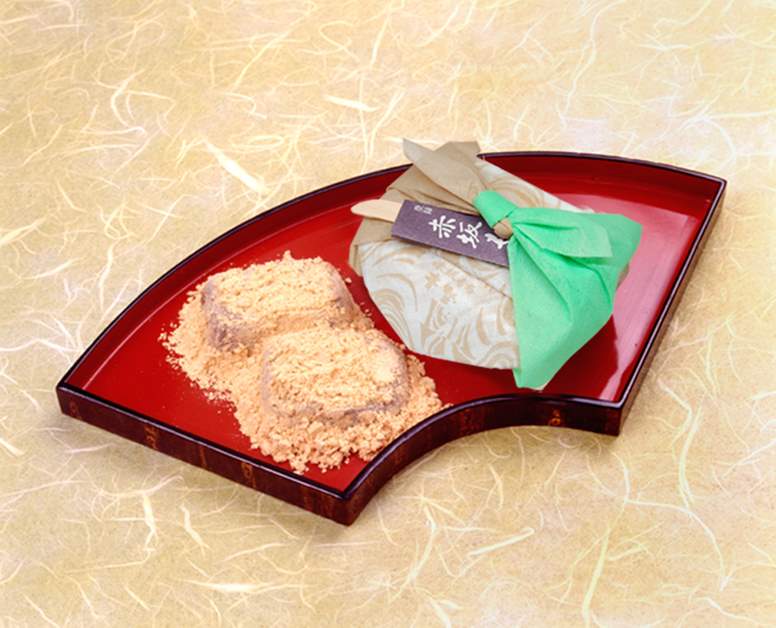
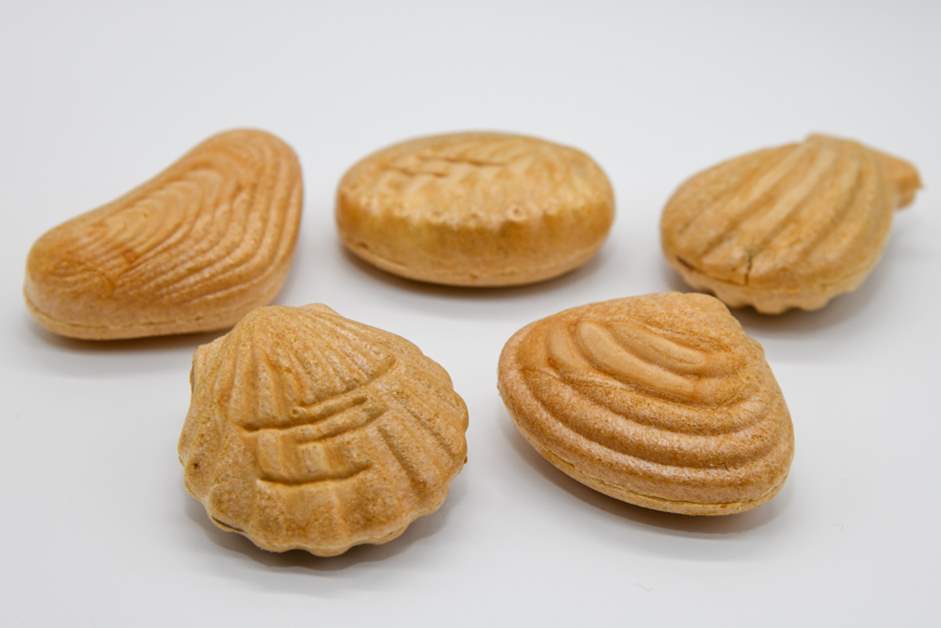
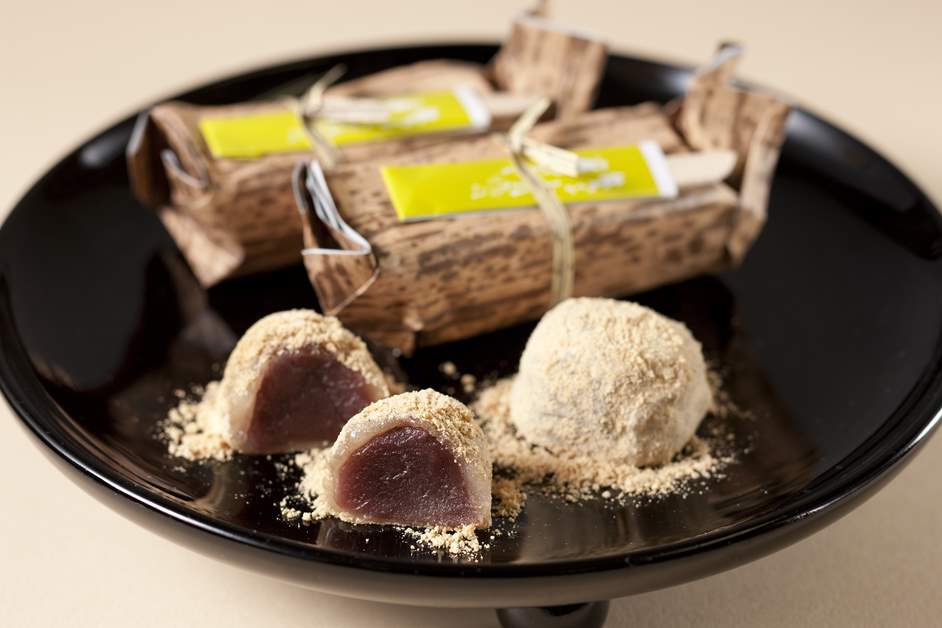
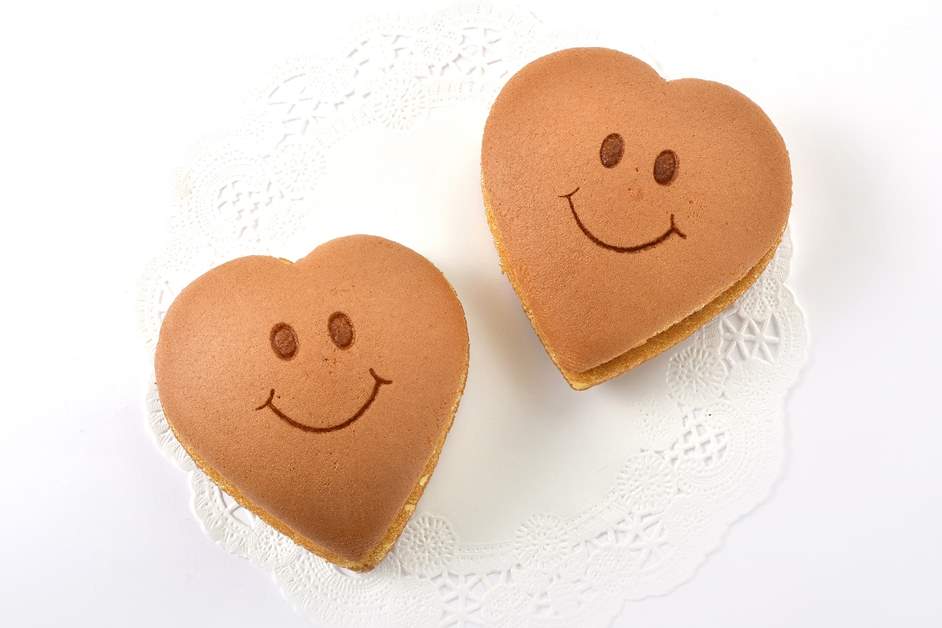

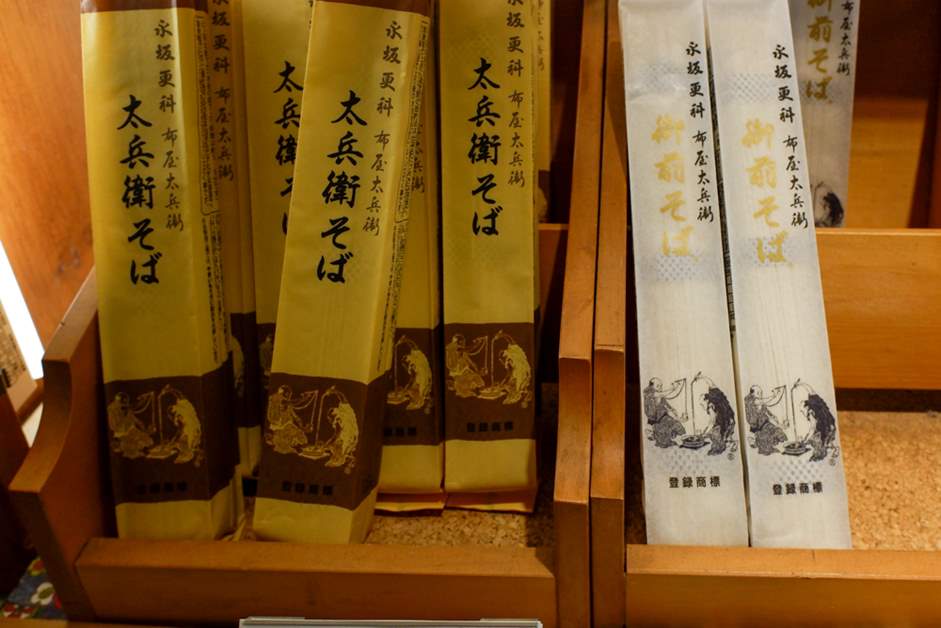


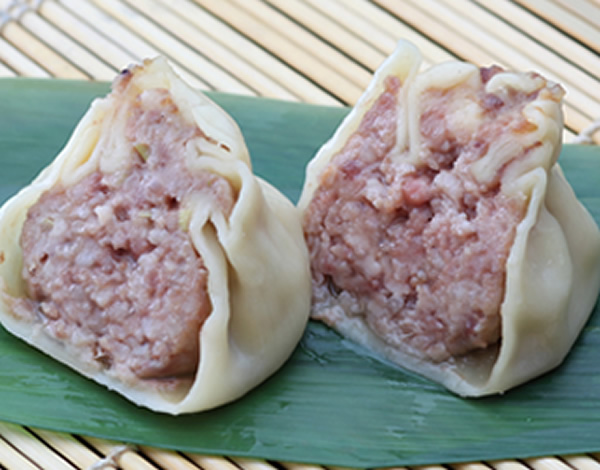
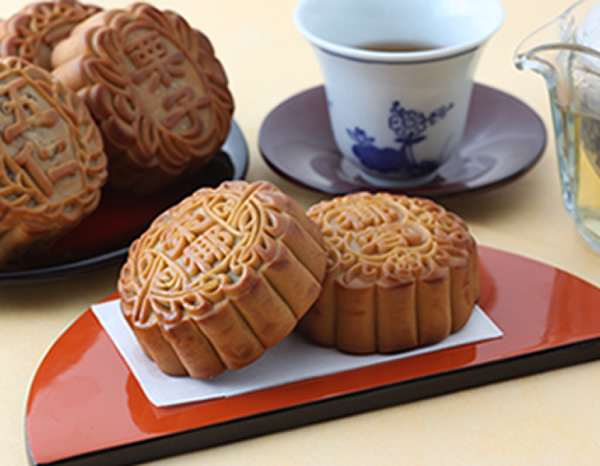
.jpg)
